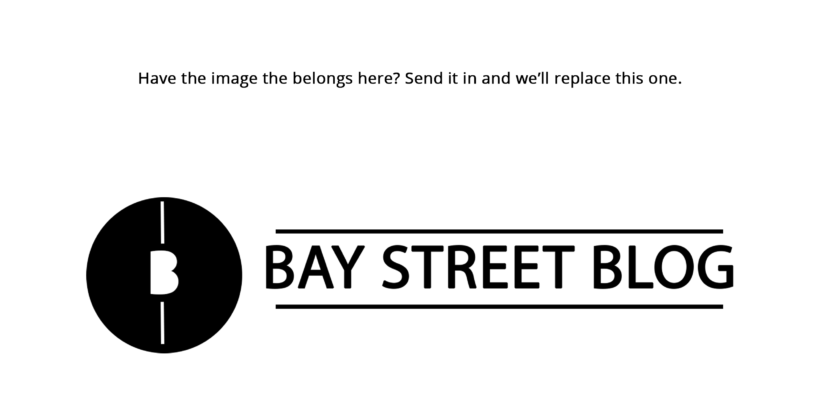Credit Card Terms Glossary
Share

There is a ‘credit card lingo’ as seen on your credit card statement. Credit card terms are understandable, although some credit card terms may seem tricky to understand at the first glance. Below is a glossary of the most common credit card terms. Understanding the different terminology that appears on your credit card statement will make managing your personal finances significantly easier.
Grace period
Credit cards are also known as a short-term, interest free loan – this is the major advantage of having a credit card. A grace period is the period from the day of the statement to the payment due date. The typical grace period is 21 days. During period, the credit card holder benefits from paying 0% interest. After the grace period is when the high interest rates kicks in, which can be north of 20%. As mentioned in the Dangers of Credit Cards, paying excess interest can deplete your savings. Spend within your means, and take advantage of the 0% interest rate.
Low Interest Rate Option
Many credit card companies offer a lower interest rate plan at a certain fee per year. Low interest rate credit cards are typically less than the average 20% interest rates. Keep in mind, if you’re carrying large credit card statement balances, it would most likely be wise to pay a small fee to save hundreds (or thousands) of dollars in interest payments. Low interest rate credit cards are extremely beneficial for those who are aggressively paying down debt.
Rewards
Another benefit of credit cards is plenty of rewards available. In terms of rewards, every credit card is unique, and gears towards a certain demographic of customers. For example, the TD Aeroplan Visa Infinite Card would gear towards travellers, whereas the BMO SPC MasterCard is specifically for students enrolled in University/College. Rewards typically come in two forms; points (i.e. Air Miles, Aeroplan), and cashback. Cash back is where the cardholder receives x% of their purchases in cash. For example, a 1% cashback credit card means the cardholder would receive $1 back for every $100 spent. Look into the different Credit Card rewards available – use RateHub’s credit card comparison tool to find the credit card that is the right fit for your personal finances.
Pro tip: check up on when your rewards expire, some reward programs points have expiry dates.
Secured
Some credit card companies may require a secured application for your credit card, meaning that they need cash collateral in order to approve the credit card. This is typical for those who are new to the country and have lack of credit history, or for those who have a poor credit score. The credit limit on secured credit cards is typically dollar for dollar. For example, if the cash collateral is $500, then the credit limit would be $500. Secured credit cards are great personal finance tools for boosting your credit score.
Statement Balance & Minimum Payment
The statement balance includes the purchases from the past credit card period. This balance is interest free until the grace period is over. There are two most popular options; paying the statement balance in full, or paying the minimum payment. Depending on the credit card company, minimum payment is a percentage of the statement balance. However, this is not a good strategy on managing debt. Paying only your minimum payment repetitively leads to a debt spiral.
Fun fact: look at the bottom of your credit card statement (depending on your provider), it would typically tell you how long it would take to pay off the credit card if you only pay the minimum payment… you will be surprised how it’s basically a lifetime.
For a $2000 credit card balance, paying a minimum payment of 2% or $10 (whichever is greater) would take over 30 years to pay off (Market Watch).
Credit Limit/Available Balance
Here’s where a lot of people get confused – the credit limit, and available balance. Credit limit is the total credit extended to the card holder. This limit is mostly determined by the credit score, and income of the card holder. Keep in mind, having more than 2 – 3 credit cards damages your credit score. If you need more credit, it’s best to contact your current credit card provider(s) and request for a limit increase (only if you have enough income to service the debt). The available balance is the credit limit minus the current statement balance
Cash Advance
Cash advance is basically the same thing as withdrawing money from your bank account, except that the funds need to be repaid, plus the 20%+ interest rates. It’s also known as a loan with high interest rates. Many experts do not recommend doing credit card cash advances. Stick to making Point of Sale (POS) purchases on your card, where you can take advantage of the 0% interest grace period. If you’re in dire need of cash, look into other cheaper methods, such as a Personal Line of Credit/Homeowners Line of Credit.
Pre-Authorized Payment
As the name suggests, this is the pre-authorized transactions for bill payments (such as cell phone bills). As mentioned in the Millennial Savings Guide; automating your savings will makes personal financial management much easier. Same thing applies for pre-authorized payments. Expensing all (or the majority) of your cash flows from one credit card will make it significantly easier to manage.
Other Important Credit Card Terms:
Chargeback: Where the payee returns the funds to the credit card (when the transaction gets cancelled).
Annual Fee: Yearly fee for the credit card; this number depends on your credit card type.
Expiry Date: Every credit card has an expiry date. When the card expires the credit card provider usually sends the cardholder a new card.
Conclusion
It’s important to understand your credit cards inside out. These are great tools that make managing your personal finances much easier. Keep up to date with your transactions, and try to avoid paying the minimum payment consecutively. If there are any other terms you do not understand, please feel free to comment below.
You May Also Be Interested In: 5 Things You Need to Know About Credit Cards
Writer: Jelani Smith
Disclaimer: All investing can potentially be risky. Investing or borrowing can lead into financial losses. All content on Bay Street Blog are solely for educational purposes. All other information are obtained from credible and authoritative references. Bay Street Blog is not responsible for any financial losses from the information provided. When investing or borrowing, always consult with an industry professional.






Bay Street Blog Newsletter
Click here to subscribe for a financial savvy experience.
Please check your email to confirm subscription!